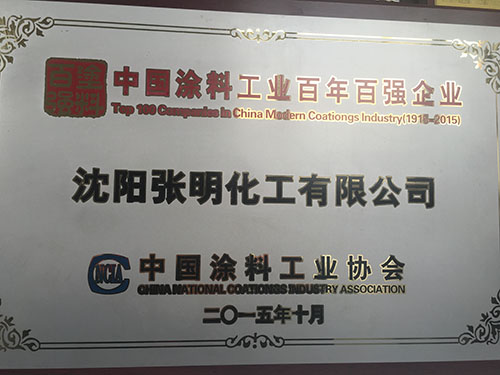
Shenyang Zhangming Chemical Co.,Ltd
Headquarters
Address:Zhangyizhan Town,Economic and Technology Development Zone,Shenyang,Liaoning,China
Post code:110177
Tel:+86-24-25441330/25422788
Fax:+86-24-89330997
lrzi.com.cn
sysy@zhangming.com.cn
In the crude oil distillation process, different molecular weight fractions with naphthenic acid and its boiling point and similar vaporization vaporization, condensation and condensation, and the soluble fraction, so the fraction has a corrosive effect on equipment. The molecular properties and naphthenic acid corrosion of naphthenic acid corrosion, low molecular.
It is generally believed that naphthenic acid is the most active corrosion mechanism for naphthenic acid in liquid phase, which is more active near boiling point. Therefore, in the most serious circles at the intersection of vapor liquid corrosion, at 220 DEG C without corrosion. With the increase of temperature, the temperature of the naphthenic acid increases with the increase of temperature, which is usually at the maximum of 270-280 and over 280. The naphthenic acid is partially gasified, but not condensed, and the concentration of naphthenic acid in the liquid phase is low. When the temperature is above 350, the gasification speed of naphthenic acid increases, the gas velocity increases, and the corrosion rate rises again, but most of the results are due to the action of sulfur, and no corrosion occurs above 400 degrees. According to the data, it is possible that the naphthenic acid has been completely gasified at 400 degrees Celsius, and no corrosion has occurred to the high temperature parts of the equipment. For ISO octanoic acid and ISO octanoic acid, the corrosion temperature of naphthenic acid has two corrosion peaks (270-280 and 350-400 degrees) in the high temperature zone.
These are small to share about the corrosion mechanism of naphthenic acid, you will want to help!
In the crude oil distillation process, different molecular weight fractions with naphthenic acid and its boiling point and similar vaporization vaporization, condensation and condensation, and the soluble fraction, so the fraction has a corrosive effect on equipment. The molecular properties and naphthenic acid corrosion of naphthenic acid corrosion, low molecular.
It is generally believed that naphthenic acid is the most active corrosion mechanism for naphthenic acid in liquid phase, which is more active near boiling point. Therefore, in the most serious circles at the intersection of vapor liquid corrosion, at 220 DEG C without corrosion. Increased with the increase of the temperature, usually at 270-280 DEG C, isooctanoate, driers, degreased naphthenic acid is more than 280 DEG C, partial gasification of naphthenic acid, but not condensed, and the liquid phase of naphthenic acid concentration is low, so the corrosion resistance decreased. When the temperature is above 350, the gasification speed of naphthenic acid increases, the gas velocity increases, and the corrosion rate rises again, but most of the results are due to the action of sulfur, and no corrosion occurs above 400 degrees. According to the data, it is possible that the naphthenic acid has been completely gasified at 400 degrees Celsius, and no corrosion has occurred to the high temperature parts of the equipment. In the high temperature zone, there are two corrosion peaks (270-280 and 350-400 degrees) of naphthenic acid corrosion with the increase of temperature.
These are small to share about the corrosion mechanism of naphthenic acid, you will want to help!
